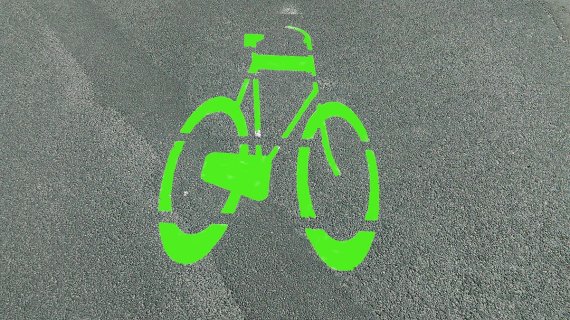Bio asphalt was developed by Wageningen UR. In this asphalt a part of the bitumen (a type of binding agent from petroleum) is replaced with lignin from wood. The production of bio asphalt costs less energy and less fossil fuels. Since last year a test strip of this new material was placed on the industrial site of Sas van Gent in Zeeland. This was for a common road, in Wageningen first a bike path will receive the bio asphalt.
The test with the bio asphalt is an initiative of the province, the municipality and Wageningen UR. The three want to implement the northern access point as sustainable as possible. The additional costs for the test will be shared. The costs for the asphalt alone are already half a ton. According to Ad van der Have (service company) the risks are low. ‘Although it is a test, the technique has been tested. There is already a piece of this asphalt in Zeeland. Heavy traffic use it daily, which is going well.’
Project leader of the Lignine Platform Richard Gosselink is excited about the test. ‘For us this is a great opportunity to further develop the concept. And then also next to our door.’ The bio asphalt is a follow-up on the test in Zeeland. According to Gosselink a distance of 900 meter will be covered with various strips of asphalt. The difference between the strips is in the formulation of the asphalt.
‘Lignine is a collective name for a group of chemical connections’, Gosselink explains. ‘Dependent on the origin the material and the properties are different. For example you have lignin from straw, wood and grass.’ Additionally also the extraction method determines the properties that lignin eventually has, according to Gosselink. ‘We will test this with the bike path.’
The northern access point will be constructed this autumn. For that less trees have to be cut down than initially thought. In the first plans there was still talk of cutting 25 trees that were too close to the existing road. After a closer inspection only ten trees will have to be cut, according to the municipality. Also the crossing with the Kielekampsteeg will be slightly adjusted, so that cars are not guided towards the Binnenveld, but towards the campus.

